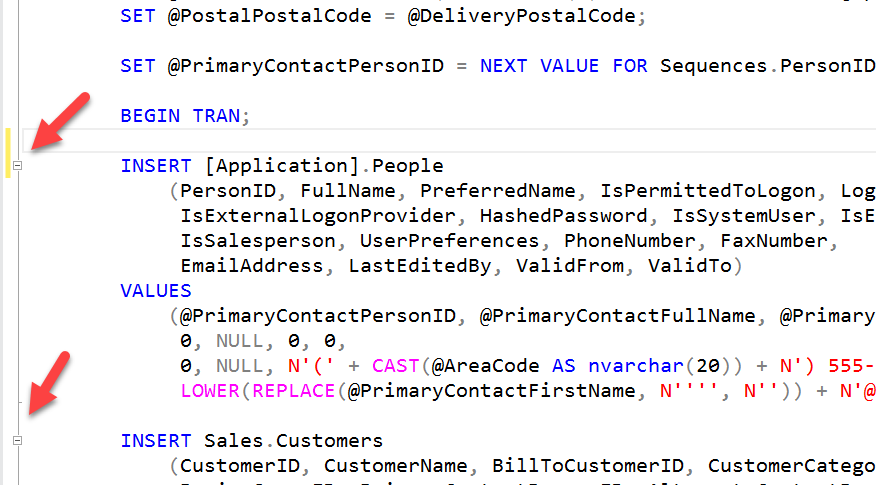SDU Tools: DropTemporaryTableIfExists
I regularly find myself writing repetitive code in T-SQL. Some things are best done by just creating code snippets but we’ve also added several others to our free SDU Tools for developers and DBAs.
One straightforward one is DropTemporaryTableIfExists.
This just wraps all that’s needed to remove a temporary table if it exists. The nice thing with this procedure is that you can call it before creating a temporary table, and call it again after you finish using the temporary table, as shown in the main image above.
2018-07-25


